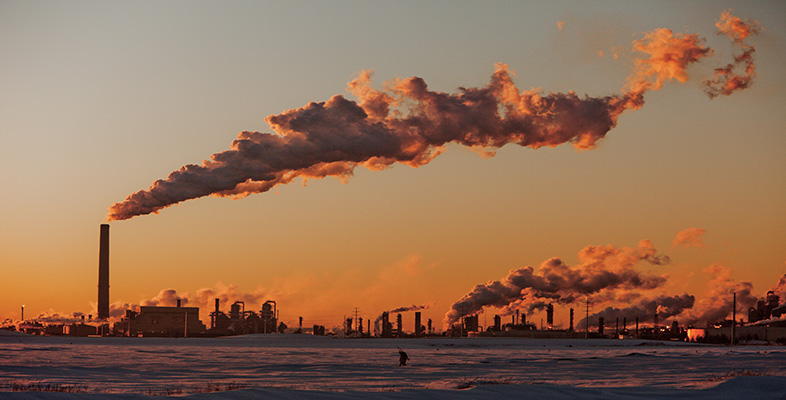6.3 Discharges contributing to a temperature change
Industrial effluents are frequently discharged at temperatures different from those of the receiving river. Almost invariably the effluent is warmer than the river, since water is widely used for carrying away heat.
Within limits, a raised temperature increases the metabolic rates of all aquatic organisms. It also decreases the concentration of dissolved oxygen needed for saturation – for instance, the saturation concentration of oxygen in water at 5 °C is 12.79 g m−3, while at 15 °C it is 10.01 g m−3. The overall effect on the oxygen balance of a particular heated effluent therefore depends to a certain extent on the oxygen balance in the river at the point of discharge.
A small increase in the temperature of a clean, fast-flowing stream may not affect the ecosystem adversely. Provided oxygen is plentiful, plant and animal populations may be altered slightly but remain in a balanced state. Species indigenous to warmer climates may become established in a heated portion of a river. However, heated effluents are usually discharged to watercourses that are already polluted to some degree, so the polluting effects are compounded. A heightened biochemical oxygen demand (BOD) on the river water due to a sewage discharge upstream may be exacerbated by raising the temperature. Any animals or plants that die as a result of the heat or greater oxygen deficit are decomposed by bacteria, which decreases the oxygen level even more.
